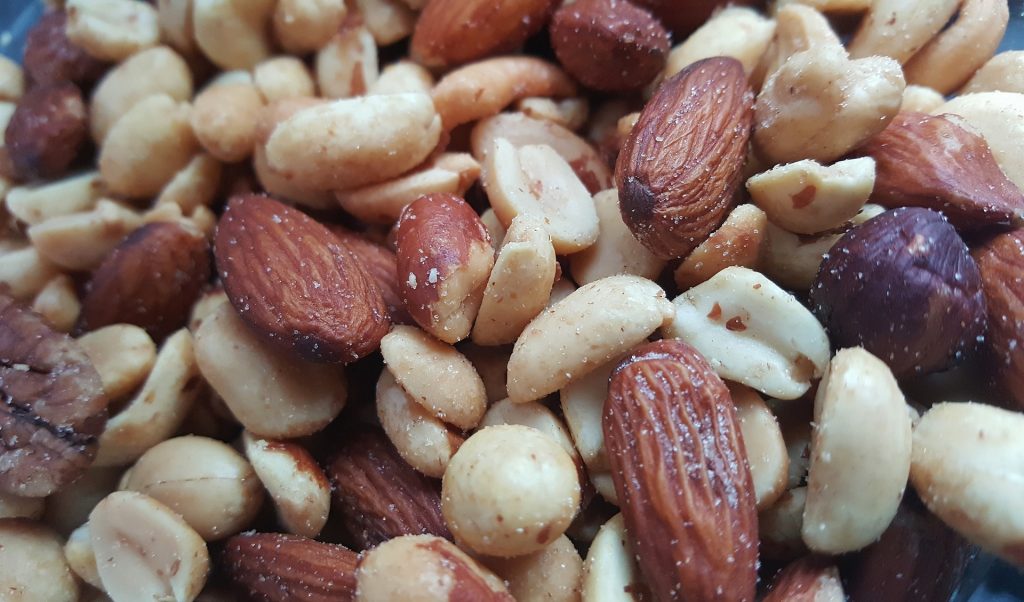 Humans require a number of essential minerals for correct metabolic function. These minerals are divided into categories based on the amount required in the diet. Macrominerals are required in gram amounts, microminerals in milligram amounts and trace minerals in microgram amounts. It is a well known feature of human nutrition that minerals compete for absorption. Divalent cations such as calcium ions, zinc ions, iron ions and copper irons all compete for absorption in the small intestine. This likely relates to the similarity in charge between the minerals and the transport mechanisms that recognise that charge. In addition, minerals can inhibit one another in metabolic pathways and this likely results from a similar charge related interaction with transport proteins and enzymes. Balancing dietary intake is therefore recommended in order that optimal levels of all minerals is obtained in the diet, and further, that these are then absorbed in the correct amounts to satisfy daily needs.
Humans require a number of essential minerals for correct metabolic function. These minerals are divided into categories based on the amount required in the diet. Macrominerals are required in gram amounts, microminerals in milligram amounts and trace minerals in microgram amounts. It is a well known feature of human nutrition that minerals compete for absorption. Divalent cations such as calcium ions, zinc ions, iron ions and copper irons all compete for absorption in the small intestine. This likely relates to the similarity in charge between the minerals and the transport mechanisms that recognise that charge. In addition, minerals can inhibit one another in metabolic pathways and this likely results from a similar charge related interaction with transport proteins and enzymes. Balancing dietary intake is therefore recommended in order that optimal levels of all minerals is obtained in the diet, and further, that these are then absorbed in the correct amounts to satisfy daily needs.

Zinc and cadmium may interact in human nutrition. Evidence suggests that those with the highest dietary intake of zinc, also have the lowest urinary concentration of cadmium. The authors predicted mathematically that for every 10 % increase in total zinc intake, there would be a 0.42 % decrease in cadmium concentrations in the urine. Nuts and seeds can be a source of zinc.
Heavy metals can also interact with essential minerals. In many cases, heavy metals such as lead, mercury and cadmium inhibit essential mineral absorption and this creates mineral deficiencies. Higher intakes of essential minerals including both dietary and supplemental form, can however have the opposite effect and actually block the absorption of heavy metals. The interactions are complex and not fully understood but a few have been described. One interaction is that between zinc and cadmium. For example in one study, researcher observed an inverse association between plasma levels of zinc and dietary levels of zinc, with urinary cadmium concentrations. Those with the highest intake of zinc had urinary cadmium concentrations that were 0.04 μg/g lower compared to those with the lowest intake of zinc. Supplemental zinc was inversely associated with blood cadmium and serum cadmium in a dose and duration response manner. Low zinc may therefore increase the risk of cadmium accumulation.
Eat Well, Stay Healthy, Protect Yourself
RdB
